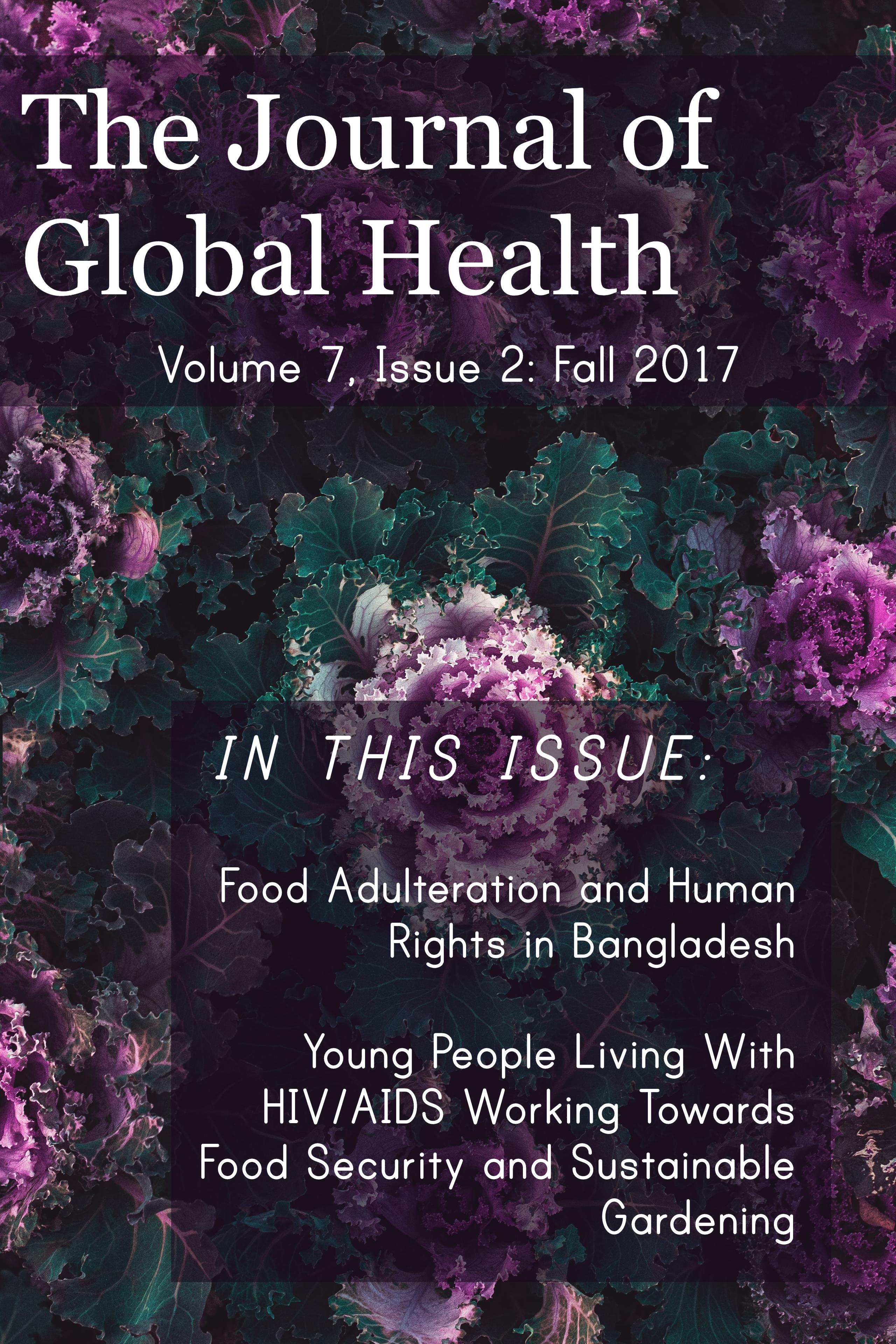Neonatal Outcomes in a Community Hospital in M’Bour, Senegal
Main Article Content
Abstract
Background
Neonatal mortality accounts for up to 10% of the global burden of disease. Low-income countries, especially in Sub-Saharan Africa, suffer the highest rates of neonatal mortality. Identifying the causes is necessary to guide community-specific public health efforts. This study aimed to identify the most common neonatal conditions and outcomes in a community hospital in M’Bour, Senegal.
Methods
This retrospective chart analysis was carried out for 0-28 day old infants admitted to the M’Bour Hospital during 2014. Newborn weight, gestational status, maternal age, delivery location, neonatal diagnoses, and outcomes were tabulated. A logistic regression model was applied to examine the relationship between infant death and maternal age, preterm birth, and the most common diagnoses of asphyxia and infection.
Results
During 2014, 322 neonates were treated. 78.2% of the infants were discharged, 17.5% died, and 4.3% were transferred. Birth outside of the hospital carried 20.4% mortality compared to 14.0% for internal births.
Mean newborn weight was 2452 grams, with 49% of the infants having low birth weight and 14.6% very low birth weight. Low birth weight carried a 24.9% mortality rate. The most common diagnoses at admission were prematurity (26.4% of cases), neonatal asphyxia (23.3%), infection (17.4%), and neonatal respiratory distress (15.8%). The two significant predictors of death were preterm birth (OR 1.93-2.57, p<0.05) and asphyxia (OR 2.34, p<0.05).
Conclusion
Neonatal asphyxia, preterm birth, and low birth weight were the main contributors to death. Future efforts to improve neonatal mortality in M’Bour, Senegal should address these conditions.

